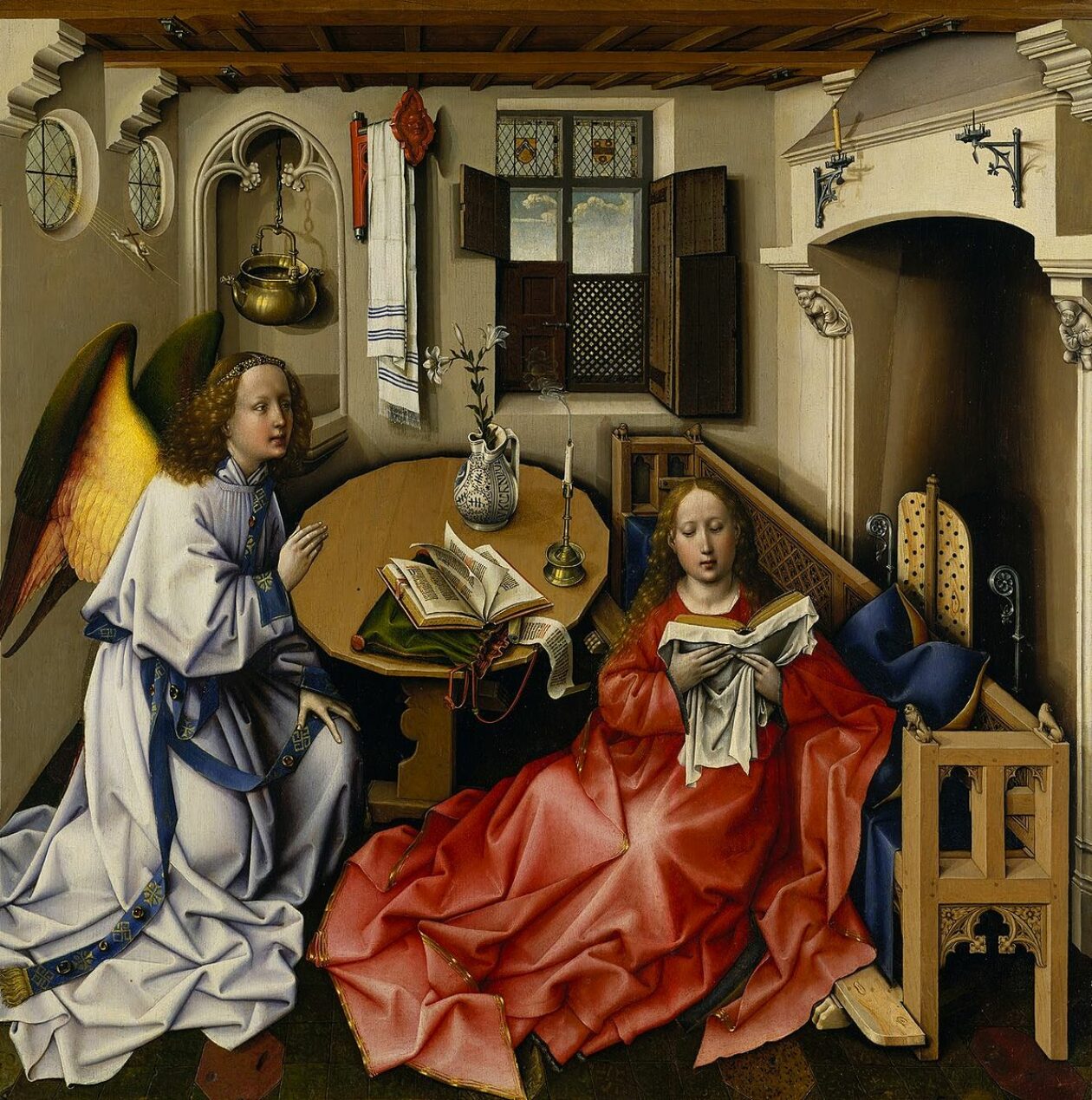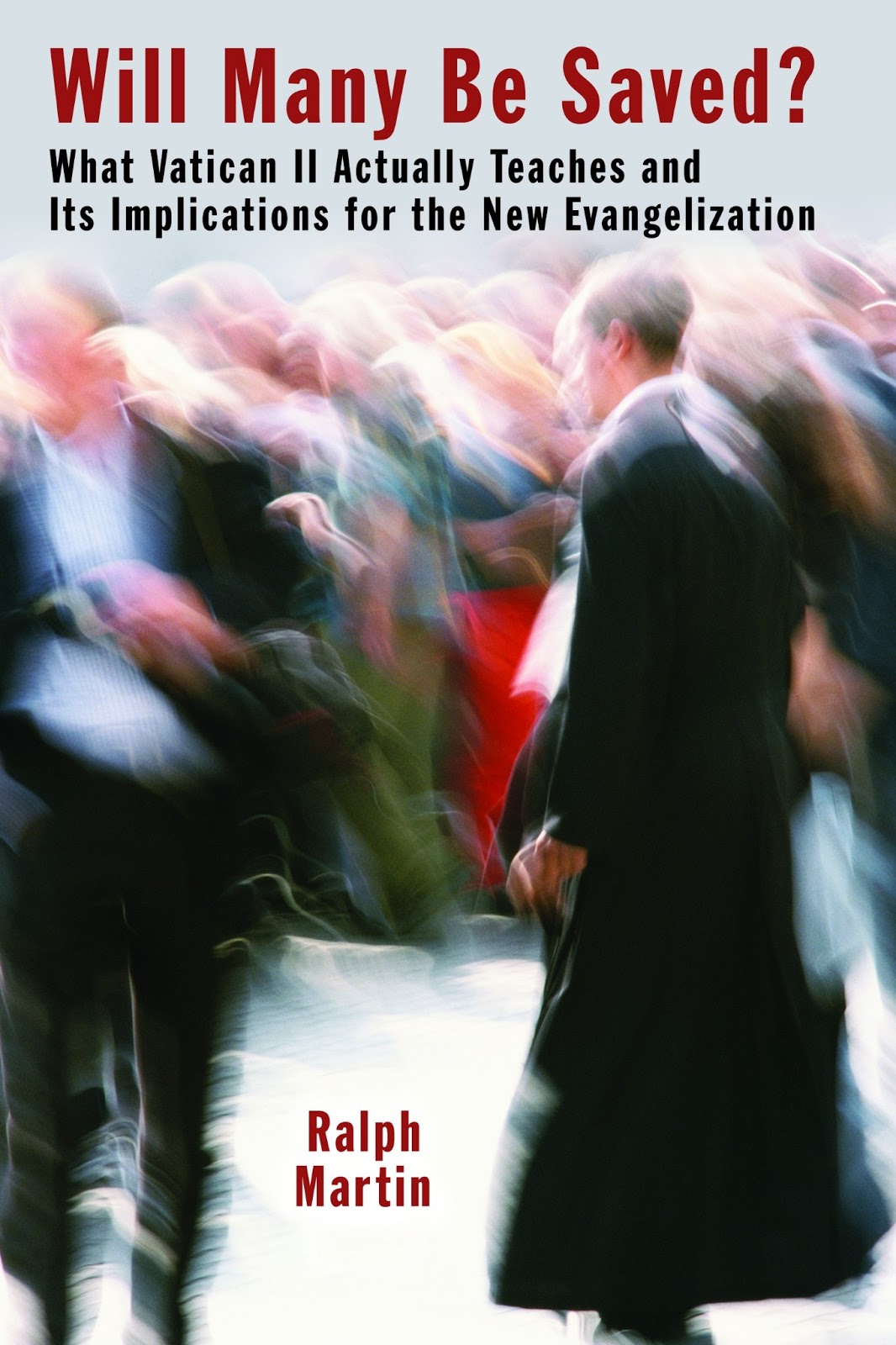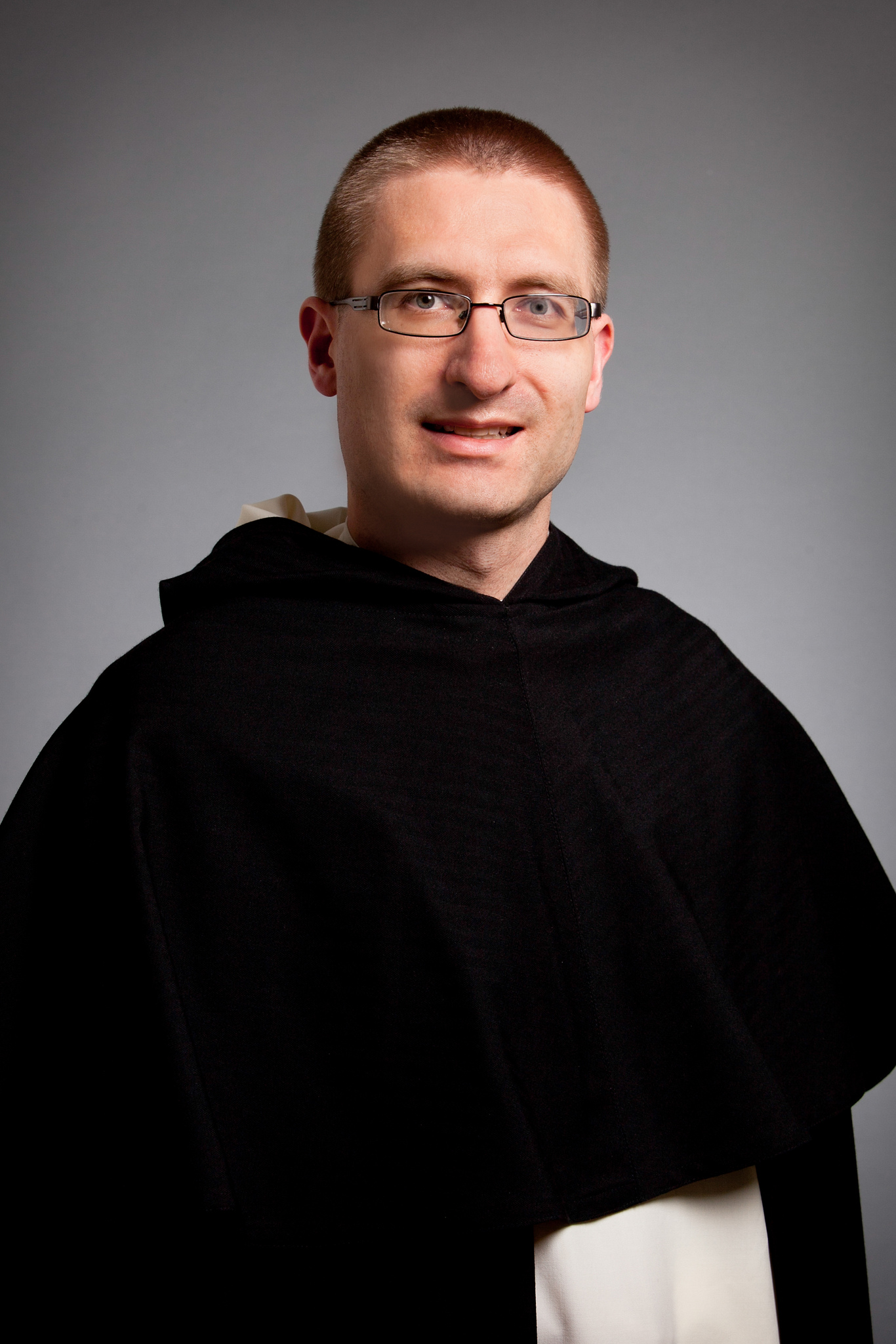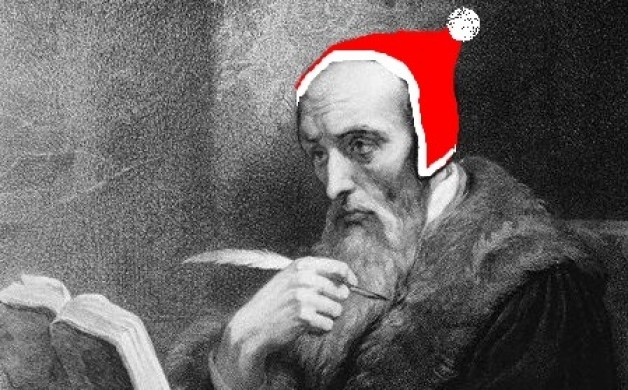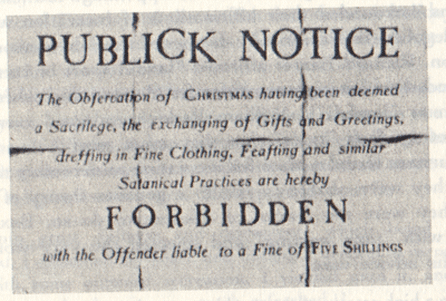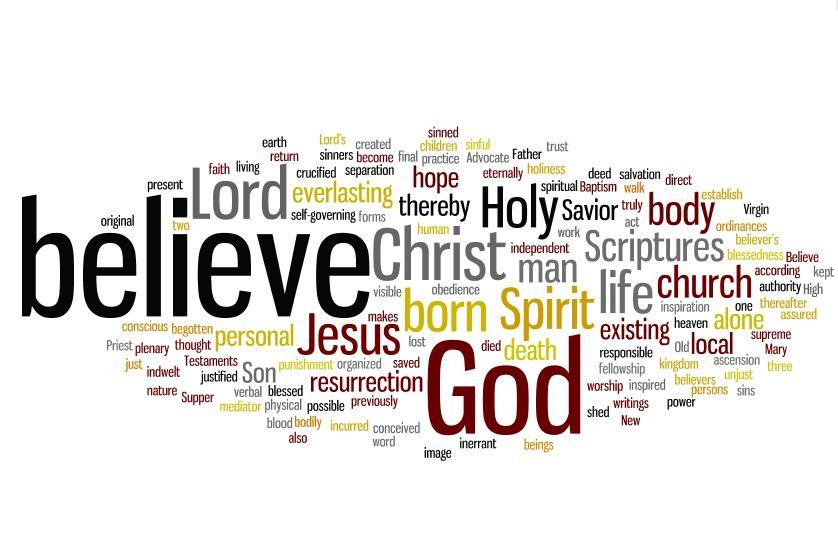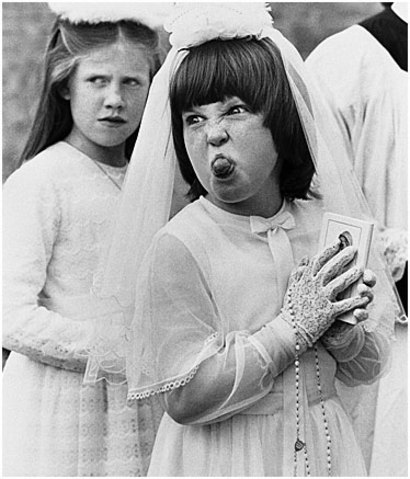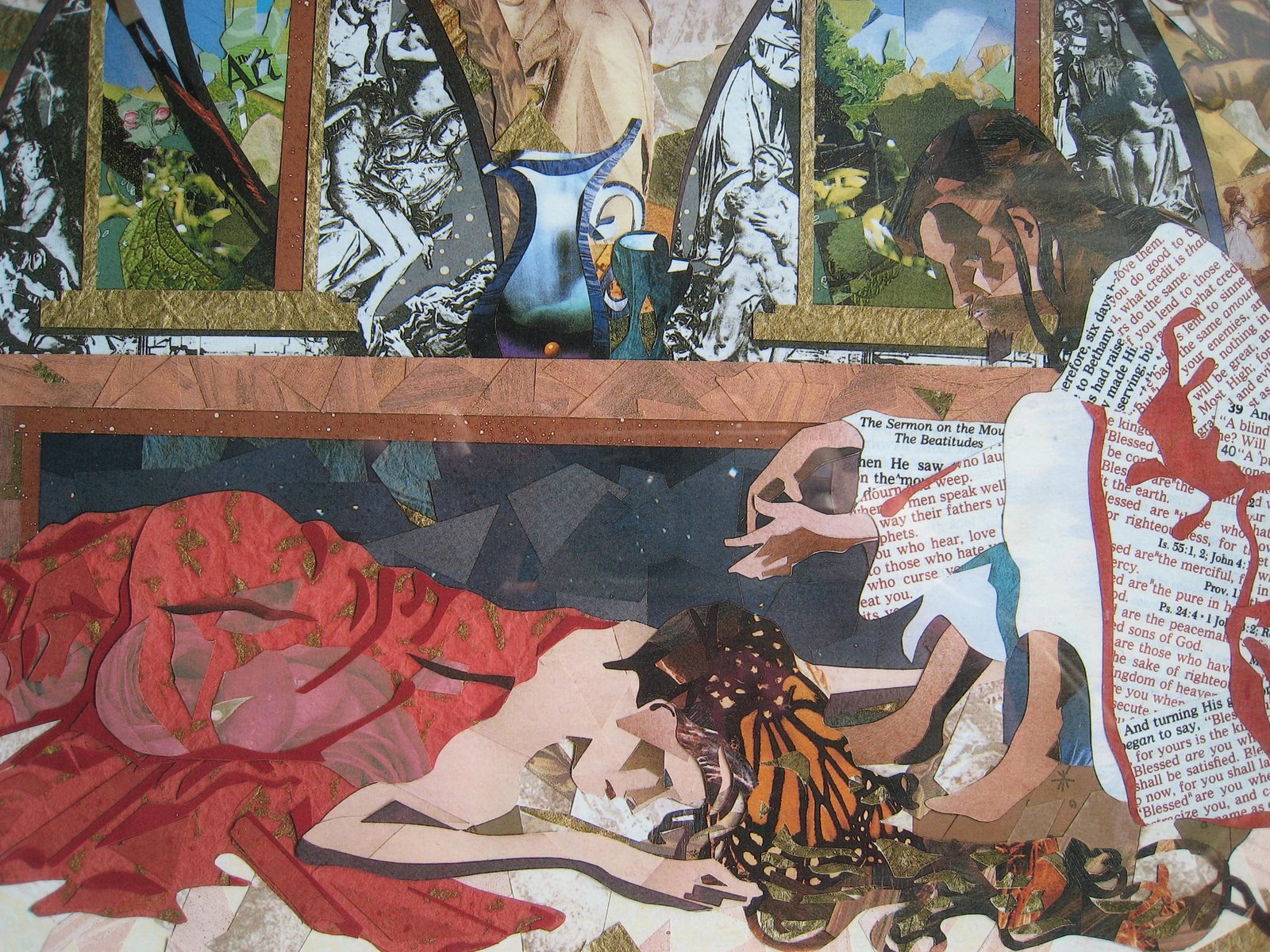
When was the last time you heard a worthy, edifying homily on sin in a Catholic Church? Really. Seriously. I don’t think I’ve ever. I did hear, from a Jesuit homilist, once, the Catholic Church does believe in Hell. That was once in forty-nine years. The paucity of these mentions stand out simply for their paucity, not for any fascination with the subject on my part.
Or, when the prophets of old are thundering condemnation, why is it always the smallest lector, with the softest/tinest voice, who can neither see nor be seen over the ambo, does the reading? Part of the New Evangelization should definitely be the training of lectors to read for appropriate dramatic effect given the text, imho. Politics over proclamation? 🙁 (I’m not much of a liturgist. I’m very Roman in this regard, plain and simple, with as little affectation as possible. Thank you, Charlemagne. I am also fond of plain, white, stripped New England Congregationalist churches.)
Given the prevalence of sin, its universal and universally disastrous effects in our lives and the world, and it being the reason for the Incarnation, you would think you would, logically, hear more of it on Sundays? I understand the hesitance to address difficult topics, however, our fears are insufficient reason not to proclaim the truth.
I find it difficult to comprehend the glory of my redemption if I first do not contemplate the depths of the depraved state to which I have fallen, (see Ignatian Spiritual Exercises. Holla! to all my SJs!) and rise from, in the glory of my own Resurrection, thanks to His mercy and salvific effect.
-by Rev Donald J Goergen, OP, PhD, STM
“The reality of sin and the forgiveness of sin, we can never let go of either side of the coin in that regard. So let us first ask is sin real? And what does it mean? Often we have defined it as offending God, or an offense against God, but can God be offended? It is an offense against love, against covenant love, against the covenant that God has made with us and that we have made with God. Many texts from the New Testament exemplify the human struggle with falling short of what God has created us to be.
A classic text is Romans chapter 7:15-20, in which Paul says, “I do not understand my own actions for I do not do what I want but I do the very thing I hate. So then it is no longer I that do it, but sin which dwells in me. For I do not do the good I want to do, but the evil I do not want to do, is what I do.” In other words, Paul is very much aware here of the un-freedom within which he lives, that he is not free. He’s not able to will what he really wants to will.
And then also there is that text from the Gospel of John to which Pope St John Paul II referred and on which he commented extensively in his own encyclical on the Holy Spirit. That text from the Gospel of John 16:8, “…and when He comes. That is –The Advocate, the Paraclete, the Holy Spirit, when He comes, He will convince the world concerning sin and righteousness and judgment.” What does it mean to convince the world concerning sin in that text from the 16th chapter of the Gospel of John?
There is in John, in Paul, and elsewhere, of course, in the Scriptures, this awareness that yes we can offend God. That God is love and we might find our lives not aligned with God. I’d referred earlier on another occasion, to Rudolf Steiner in one of his works, again, not an Orthodox Christian, or Catholic thinker, but nevertheless one in touch in many ways with spiritual aspects of our lives, he said, “Nevertheless, whether we are aware of them are not, we must realize that forces hostile to life exist.”
This is part of the struggle in our modern world, the tendency, in a way, to disbelieve in the devil or in demonic forces or the demonic. Cardinal Newman in his Apologia Pro Vita Sua about his own life gave a great text on one occasion in which he speaks about considering the world and its length and breadth its various histories and then the ways in which we don’t live up to what God expects of us and what we expect.
It’s like looking in the mirror and not seeing our own face. And so it is for him the awareness in some ways that the world is out of joint. Yes, sin is real. Sometimes you may use other words to talk about the reality of the struggle with the world, the flesh, and the devil. Robert Johnson, the Jungian psychologist, again speaks more about the shadow, the un-chosen side of our lives that cause us trouble or he might speak about the disowned, the need to reconnect with the shadow, the dark side of ourselves.
Whatever language we use, there is in our lives, the reality of sin as well as the reality of the forgiveness of sin. For Christians, for Catholics, this has often has been discussed in the context of the capital sins, just as we might speak about the virtues. St John Cassian and in the East, spoke of eight principal vices following a classification of Evagrius before him. In the West, Gregory the Great reduced this list to seven what we think of as the seven capital sins. If we mention the eight, they were gluttony, lust, avarice, anger, despondency or sadness, achadia or spiritual wariness or sloth, vainglory and pride. These are mentioned in the fifth conference of St John Cassian as well, as in the Institute.
So there is this reality of the garbage, to use that image again, that lies there within each of us that comes to the surface of which we need to be more aware as we live contemplatively. All of this is a part of who we are. In some ways, I suppose, it’s acknowledging a fraud, that each of us in some ways attempts to present ourselves publicly as being other than we are. And that we need to come to grips with our own sinfulness and that this is the question then of awakening, of conversion, of repentance.
Conversion, am I open to conversion? I suppose if I’m honest, I’d have to say much of the time no, I’m not. Conversion requires a radical reorientation of one’s life. A restructuring of one’s self, it’s asks us the question, is God enough for us? Is God enough? And as much as we might want to say yes, most often, probably, we in fact, through our behavior, at least, are saying no. Conversion is a continuing process. It’s not just a once and for all kind of thing.
There may be that powerful conversion experience, in other words, it may be dramatic, but it can also be gradual, and most often conversion is both. Those events, experiences, in which we are turned around, but then that continuing conversion whereby we have to live out of that new awareness, consciousness, or experience and we can talk about conversion of heart, as well as of mind, or of affective conversion, intellectual conversion, moral conversion, and spiritual conversion. As it settles in, it takes place, transforms at varied levels of our being, conversion of will, conversion of mind.
John Paul II again in that encyclical on the Holy Spirit wrote conversion requires convincing of sin, and of course this goes back to that text also from the Gospel of John, but conversion requires convincing us of sin. That’s the tough step, convincing, especially the modern person of the reality of sin. Conversion requires convincing of sin, he writes, and he goes on, “It includes the interior judgment of the conscience and this being a proof of the action of the Spirit of Truth in our inmost being, becoming at the same time a new beginning of the bestowal of grace and love.” “Receive the Holy Spirit…” he writes, in this convincing concerning sin; we discover a double gift, the gift of the truth of conscience, and the gift of the certainty of redemption.
Conscience, reality of sin, redemption, forgiveness of sin, and he continues in order to convince/convict us of the forgiveness of sin, of the reality of grace, of the awareness of God as mercy, of the fact of redemption. In other words, emphasizing its twofold dimension to conversion. Convincing concerning sin, and convincing concerning its forgiveness, hence the conversion of the human heart, clearly Pope John Paul II here has a very good grasp of this reality.
And how we can have an emphasis on one without the other? We can so emphasize the reality of sin that we neglect and forget the reality of grace, mercy, forgiveness, or we can so talk about the forgiveness of sin that we in a way just take the reality of sin for granted as not to be taken seriously. But the two needs to come together less our own contemplative in Christian lives become distorted.
Sri Aurobindo, a mystic of modern India, perhaps in one way the greatest mystical philosopher of modern India, died in 1950, not a Christian, in a great book called the Synthesis of Yoga, speaks about conversion in his own way. And just to take a couple expressions from his own thinking, he says, “The acceptance of a new spiritual orientation and illumination, a turning or conversion seized on by the will and the heart’s aspiration, this is the momentous act which contains, as in a seed, all that is to come.” In other words, we cannot over emphasize the importance of this conversion, awakening, illumination; it’s an aspiration that contains as a seed everything that’s to come. And he writes a truly spiritual conversion does not consist in the change of one’s mental beliefs, but in the acceptance of a new spirit, a spiritual force, life in the spirit, a decisive turning we could say from business-as-usual.
And, therefore, there is, for him, in this process of conversion, first an aspiration, a yearning for the Divine. Again, Augustine: “Our hearts are restless…”, a yearning for the Divine, an aspiration from the mind as well as the heart. It’s not yet conversion, but aspiration. Then the second is following the aspiration, the desire, the yearning comes in a twofold conversion and consecration. Consecration means making sacred and offering of one’s actions and interior movements to the Divine, consecrating one’s life to the divine.
A conversion is a more spontaneous movement of the consciousness, but then the consecration as the deliberate process that grounds it, the conversion may be sudden but the consecration takes time. The consecration makes the conversion last so the process begins with that reality of aspiration followed by then the twofold conversion and consecration. The consecration being required for the persistence striving steadily, effort, perseverance, and of course for us this is all the result of grace.
But we can also think of consecration as a religious consecration: the consecrated life, the Act of Consecration to the Sacred Heart, St Louis de Montfort’s total consecration to Jesus through Mary; varied forms of, but consecration is essential if conversion is going to be carried through. This then entails the awakening of one’s innermost self, something is awakened within us. One wakes up and this culminates in the gradual transformation of who we are, our whole being: the physical, the affective, the mental, the spiritual, it’s a turning of our whole self towards God. The transformation of consciousness from egoic or false consciousness to a more pure consciousness, purity of heart, conversion the different stages or facets of conversion, all of it of course, grounded in the moral life.
We referred in our last conference to the moral virtues. We didn’t speak at any length about them. But in every religious tradition there’s this emphasis on the moral dimension. In Buddhism they speak about the five precepts, to refrain from killing or physical violence. To refrain from taking that which is not offered or from stealing, to refrain from misuse of our sexual power or energy, to refrain from lying or harsh or idle speech, to refrain from taking intoxicants that clouds the mind. These are clearly a moral foundation for the Buddhist way of life.
Likewise for us, the moral foundation can be put in different ways but the Ten Commandments is foundational. I recall an example someone once had given that there are those today who want to practice meditation or live a life of contemplation, but are not so preoccupied with a basic moral living, with basic morality, and the analogy was used, it’s like someone’s wanting to row a boat while leaving it tied to the dock. If we do not have a solid moral foundation on which to build its like remaining tied to the dock and the boat isn’t going to go anywhere.
In other words, the contemplative life builds on the moral life and in fact they cannot be separated, they are all part of a whole. Spiritual theology is not something totally separate from moral theology, moral theology from doctrinal theology, it’s as a whole. But for this conversion to take hold of us, for this awakening to happen, for this consecration to take place that enables us to persevere, requires repentance, repentance. In the Gospel of Mark 1:15, “The time is fulfilled, and the Kingdom of God is at hand. Repent and believe in the Gospel!”
Again, Catholic teaching gives us an unfolding of stages of repentance, or aspects from sorrow for sin, contrition, you could say, to a firm purpose of amendment. That purpose, almost like a consecration, to doing penance, finally, to confession, frequent confession. More frequent than perhaps many of us might feel drawn towards.
St John Chrysostom spoke about five paths of repentance. He said “Would you like me to list the paths of repentance? They are numerous and quite varied. In other words, different forms or ways of repentance all lead to Heaven. A first path of repentance is the condemnation of your own sins that then is one very good path. Another, and no less valuable is to put out of our minds the harm done us by our enemies in order to master our anger and to forgive others, then our own sins against the Lord will be for a given. Do you want to know a third path? It consists of prayer that is fervent. It comes from the heart. If you want a fourth path, I will mention almsgiving, whose power is great and far-reaching. If forever a man lives a modest, humble life, that no less than the other things I’ve mention, takes sin away, too. Thus I’ve shown you five paths of repentance, 1) condemnation of your sins, 2) forgiveness of your neighbors sins, 3) prayer, 4) almsgiving, 5) humility; repentance, the foundation.”
The reality of sin, the forgiveness of sin, sorrow for our own sin, firm purpose of amendment, doing penance, confession, consecration, and perseverance; but many of our spiritual ancestors spoke about two conversions, that of water and that of tears, and the gift of tears. That of water, of course, involving baptism, and in that sense also baptism of the adult. St John Cassian was the first to have given us a classification of tears in his ninth conference, and he spoke about five sorts of tears.
The relationship between compunction or sorrow for sin and fiery prayer, the ecstatic contemporary prayer, is something of which he spoke, and he spoke about the remembrance of our sins, producing tears, followed by ineffable joy. That again, I mention earlier, the joy of repentance, tears followed by joy, as one enters into this new way of life. For Cassian, tears was most common form of spiritual experience encompassing both sorrow and joy and the experience of grace.
Pope St Gregory the Great, in the West, is known as the Great Doctor of Compunction, or the Western Doctor of Tears. He outlined four kinds of compunction or tears. In the East, Simeon the New Theologian was known as the Theologian of Tears. St Catherine of Siena, OP, later spoke about five kinds of tears. Four kinds, and then about those who desire to weep and are unable to do so, is a very special kind. A kind of spiritual tear where there is no physical tear. She speaks about God, responding that there is a weeping of fire that is a longing for God so intense that she writes, “Such a soul would like to dissolve her very life in weeping, but these souls cannot shed physical tears. They rather shed tears of fire, the source being a heart full of fire, or an ardent longing for God.” She also writes, “This is how the Holy Spirit weeps. The Holy Spirit weeps in the person of every one of my servants, Christ says, who offers me the fragrance of holy desire and humble prayer.”
So she speaks about these as spiritual tears or tears of the heart or the inner the weeping of the Holy Spirit. If you wish, go to her Dialogue, chapters 88 to 97, to read more where she talks about five kinds of tears, but really the first four being more common and then this is kind is weeping of fire. This spiritual tear where we do not physically weep, but indeed our hearts are manifesting its both sorrow and joy before the Lord. We think here even of the prophet Ezekiel, when he speaks about our hearts of stone in the hearts of flesh. And says, “A new heart I will give you and a new spirit I will put within you and I will take out of your flesh, the heart of stone and give you a heart of flesh.”
So here we are getting to the basics, the basis, and the foundation of the contemplative life. That we can look to the heights of, we can desire to infused, we want to open ourselves. But again, it’s almost as if that’s what that “dark night” was all about, needing to let go of our way of controlling our spiritual journey and to come back to simply compunction. Sorrow for sin, contrition, repentance, conversion, to not know myself as sinner will be to never know God as mercy.
If we yearn to know God and if knowing God is to know God as mercy, then we must come to grips with the reality of who I am as sinner. Always keeping in mind what Pope St John Paul II said, “The two sides, the reality of sin and the reality of its forgiveness, never one without the other.”
This time as a closing prayer I would like to take some verses from Psalm 51, the Miserere, a great Psalm acknowledging who we are as sinners. Let us pray, “Have mercy on me God in your goodness in your abundance of compassion, blot out my offense, wash away all my guilt, from sin, cleanse me. For I know my offense, my sin is always before me. Against you alone have I sinned, cleanse me with hyssop that I may be pure, wash me, wash me, Lord. Amen.”
Love,
Matthew

